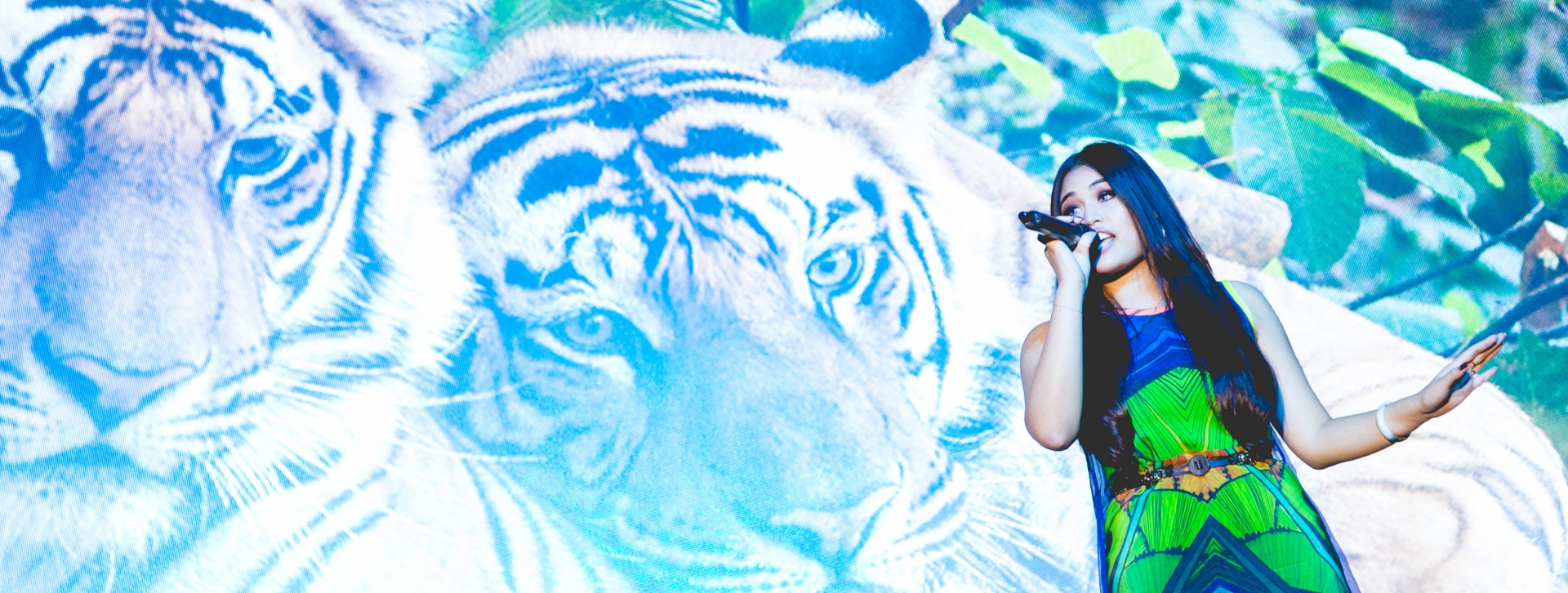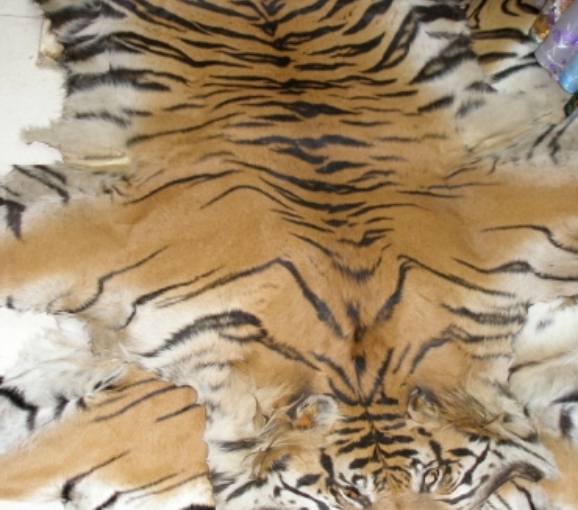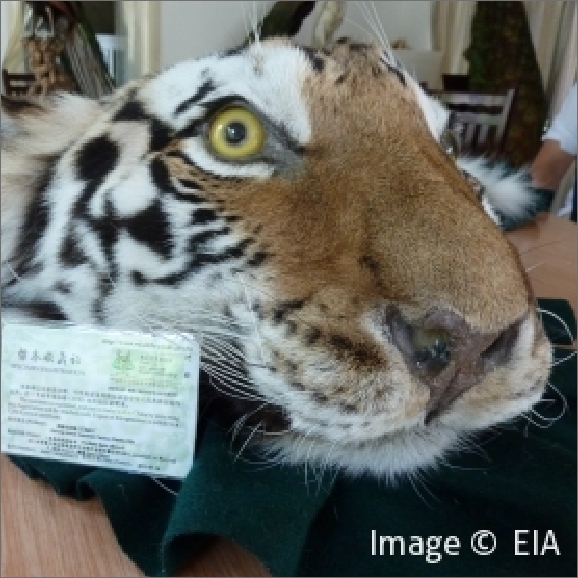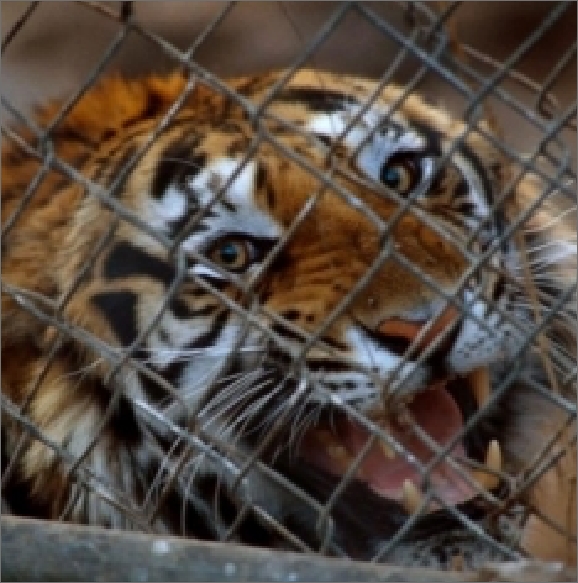

ABOUT TIGERS
Explore the endangered beauty of wild tigers
 15.05.25
15.05.25
Working with our good friends at Belmond we have created the ultimate 6-night luxurious adventure travelling across Malaysia in partnership with Save Wild Tigers. Kicking off with a night at the iconic Raffles Hotel in Singapore, followed by 3 enchanting nights on the stunning and unique `Eastern & Oriental Express` train travelling across Malaysia. The adventure culminates with 2 nights at the multi award winning Datai, Langkawi.
May 11- 17th 2025
Unfortunately, the threats that are driving wild tigers closer to extinction all stem from us, man. Tigers are threatened by poaching, habitat loss, conflict with humans, captive tiger farming and climate change.
The demand for wild tiger skins, bones, parts, and derivatives makes illegal poaching & wildlife crime, without a doubt, the biggest and most concerning threat that the world’s remaining wild tigers face.
Demand for these products drives organised illegal trade leading to rapid declines and local extinctions. Since 2000 at least 1,031 skins and carcasses have been intercepted, along with 136 live tigers. However, this likely represents just 10 % of the actual numbers being trafficked. The illegal wildlife trade is thought to be worth around 20 billion USD $ per year.

As is the case with Rhino horn and Elephant ivory, tiger skins, parts and related products are considered luxury and prestigious items in many cultures and therefore command a huge price on the black market globally.
`Traditionally products from wild tigers are seen to be more authentic and potent and command a higher price. Therefore, products from captive bred tigers will never satisfy the demand for those from wild tigers.
Examples of tiger products and their uses include:
The demand for wild tiger skins, bones, parts, and derivatives makes illegal poaching & wildlife crime, without a doubt, the biggest and most concerning threat that the world’s remaining wild tigers face.
To put an end to the illegal poaching of wild tigers, we need to work towards reducing demand for tiger skins, bones, parts & derivatives.
Demand reduction is about wider public awareness, consumer behaviour change, reform in policies, and strengthened law enforcement. While there have been great strides in diverse demand reduction campaigns for elephant ivory and rhino horn, an equivalent emphasis and level of investment in campaigns to reduce demand for tiger parts and products is urgently needed.
With your help, Save Wild Tigers will liaise & work with a diverse group of stakeholders, including our charity NGO partners including the EIA and other tiger conservation organisations in supporting initiatives fighting the illegal trade.


Tigers roam across some of Asia’s greatest and worryingly last reserves of ancient rainforests. These ranges not only are home to some of the most bio diverse forests anywhere in the world, but these same tiger ranges also include some of the globes most critical watersheds supplying water to over 800 million people, whilst hugely helping in the fight against climate change.
Habitat varies across the species from Siberia to India. However, the majority of Tigers in Asia and India however live in tropical and subtropical moist broadleaf forests. Tigers live in secluded forests, grasslands, mountains and hills around secluded forest locations in which they are concealed and camouflaged.
Ancient rainforest in Sumatra, Indonesia, is the home not only to the Sumatran tiger but the endangered orangutang, meanwhile in India the tiger habitat is home to the rare Asian elephant, in Myanmar tiger habitat is the forest home to rare fauna. What links all these bio diverse habitats and species, the iconic wild tiger
Captive Tiger farming is a massive issue. In Asia more than twice the numbers of wild tigers are kept in captivity, approximately 8000 tigers are kept in 240 captive facilities in South-East Asia and China. Tiger farms worsen the poaching crisis through maintaining a demand for tiger products, including those from the wild.

Here you will find a series of detailed reports, giving you access to quality information that highlights the plight of wild tigers and the conservation issues they face.
Click on the PDF links below:
For more information on our latest campaigns and events, or to discuss the possibility of hosting an event, please get in touch with our PR Team.
TEL: 07765 110 438 EMAIL: SARAH@THECLINTONPARTNERSHIP.COM